12 Simple Ways People Can Go From Spenders to Savers in 2024

People talk about how important it is to save money, but if you tend to spend more than you save, switching to a saving mentality can be tough. Even if you want to save more money, you might not know how to do it. Or you might think you need to start living extremely frugally and budgeting every penny you earn to make sure you’re saving enough — whatever that might look like for you.
Read Next: 5 Unnecessary Bills You Should Stop Paying in 2024
Find Out: How To Get $340 Per Year in Cash Back on Gas and Other Things You Already Buy
The good news is that there are ways to go from a spender to a saver. From quick, easy methods to strategies that require a bit more planning, here are some ways to do just that in 2024.

Save a Portion of Your Paycheck
A simple way to save more is to allocate a portion of your monthly paycheck to savings every month without fail.
“It can be difficult to know exactly how much you should spend each month if you don’t have a plan created — some people call it a budget, but that term can feel daunting. I call it an intentional spending plan,” said Julie Beckham, financial education officer at Rockland Trust.
“Everyone’s exact spending plan will look different depending on your goals or priorities,” she said. “An example of what a monthly paycheck allocation could look like [is] rent (25%), household bills (25%), spending money (15%), savings (20%) and paying down any outstanding debts (15%).”
Check Out: I’m a Self-Made Millionaire, but I Still Opt For the Budget Versions of These 6 Items
Try This: 6 Valuable Everyday Items You Should Never Throw Away
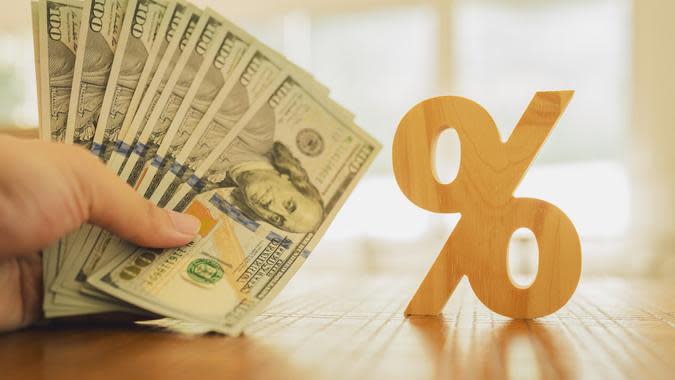
Automate Your Savings
“Automating saving can make it easier and take one thing off your to-do list,” Beckham said. “Consider having a portion of your check directly deposited into an existing or new savings account. You’ll be surprised how quickly those savings grow!”
Learn More: Mark Cuban Reveals Why He Keeps a Strict Budget Everyday

Start Saying No
If you’re trying to save more and spend less but social pressure is getting to you, remind yourself that it’s okay to say no to certain things. You don’t have to decline every invitation to go out, but cutting back every now and then can help. The same goes for those little things you buy just because you feel like you should.
“When you are spending on items or experiences (coffee, concerts, clothes, travel) on things that don’t really light you up, you should think twice about saying yes and swiping your card,” said Gloria Garcia Cisneros, CFP, a wealth manager at LourdMurray. “We feed into the FOMO, but this causes unnecessary spending.”
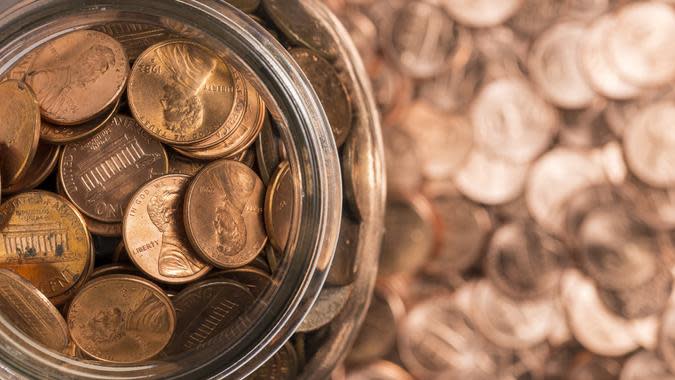
Save Up the Change
If you still use cash to pay for things, save your spare change.
“Grab those coins from under the couch cushions and put them to work for you!” Beckham said. “Consider putting loose change into a jar or other container and then depositing it every month at your bank.”
And if you don’t use cash, you can always get a free app that lets you round up your digital transactions. Every amount you round up can then go directly into your savings account.
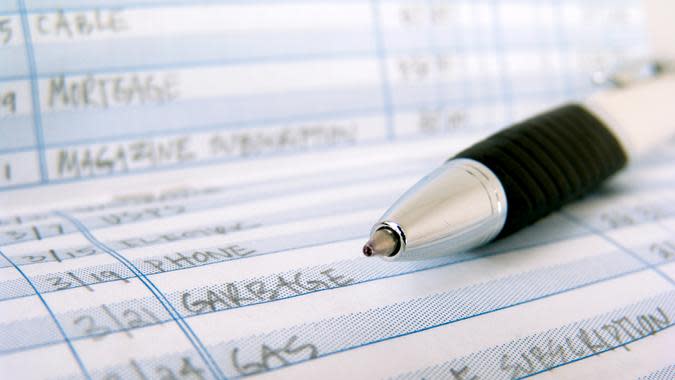
Differentiate Between “Needs” and “Wants”
“The best practice when it comes to saving money is to live within your means,” said Brandon Stout, a relationship advisor at Addition Financial Credit Union. “Practice the ‘needs’ vs. ‘wants’ discipline and only prioritize your essential needs.”
“It’s important to understand that social expenses can add up, so creating a spending plan that distinguishes ‘wants’ and ‘needs’ can be beneficial,” Beckham said. “Responsibly saving doesn’t have to feel so restrictive if you can focus spending on items that are the most important to you.”
Be Aware: 6 Things Frugal Boomers Never Buy
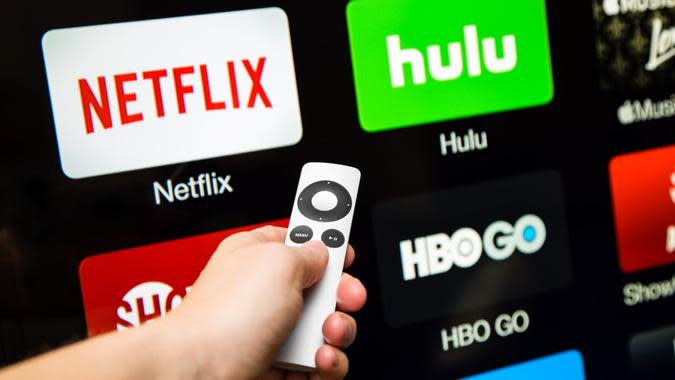
Cancel Unnecessary Subscriptions
All those monthly subscriptions add up — sometimes to hundreds of dollars a month. Going through yours and canceling the ones you don’t really need or use can be an easy way to spend less and save more.
“I would recommend for individuals to check their account history for subscription services that they forgot about or no longer use,” Stout said. “Canceling these services will add up over time and is a vital part of switching into a ‘savings mindset.'”

Switch to Cost-Friendly Alternatives
At the store, you can buy generic, buy in bulk, use coupons or loyalty programs, and shop the deals — but only for things you actually need. When hanging out with friends, you can also cut down on spending by switching to cost-friendly alternatives.
“If spending money on an extravagant night out or dream vacation isn’t in the cards right now, suggest a cost-friendly alternative,” Beckham said. “Hosting a movie night at home or exploring local hiking trails with friends can be just as fun, and the chances are, your friends might be looking to save a bit of cash as well”

Shop Around
“If you’re paying too much for car insurance or your cellphone, see what you can save,” said Scott Lieberman, founder of Touchdown Money. “You can move around just like they can, and that means more money in your pocket.”
The same goes for other services. Contact your utility companies, internet service provider and so on to see if you can get lower rates. Save the difference.
Trending Now: I’m a Frugal Shopper: 4 Items I Always Buy Secondhand To Save Money
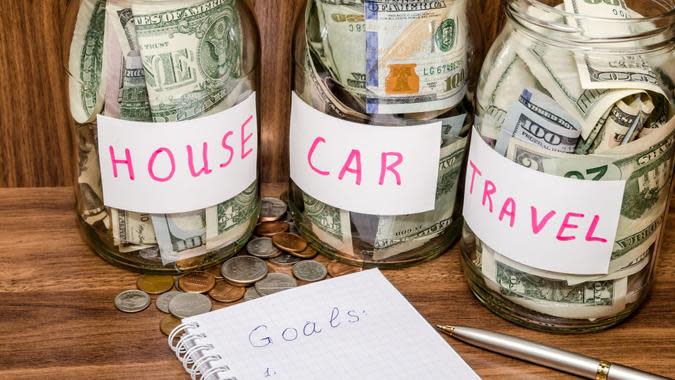
Set Financial Goals
Setting financial goals might feel daunting, but sometimes having a goal really is the easiest way to start saving more.
“It is much easier to save money when you have a goal in mind than to save for savings’ sake. Goals provide motivation to save,” said Barbara O’Neill, CFP at Annuity.org. “Determine the amount that you need to save to buy something (e.g., car down payment) or do something (e.g., travel) and how much time you have to complete the goal. Then, ‘do the math’ to see how much savings is needed per week or month to reach the target amount.”
For long-term goals, reward yourself in small ways as you go. This could be something as simple as going to a cafe once a week. Or it could be getting that ticket to your favorite performer in concert. Whatever it is, these small rewards can really help you stay motivated.
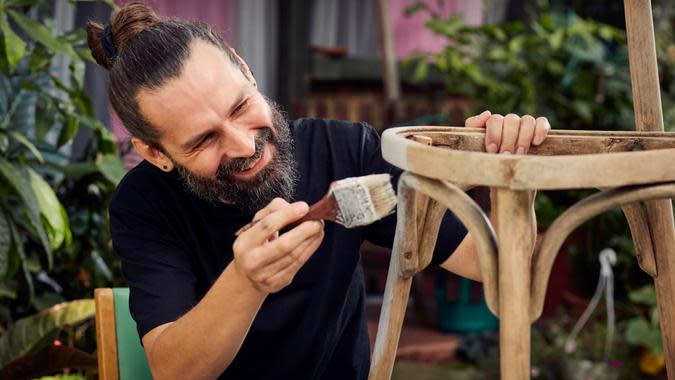
Go DIY
If you’re handy, see if you can do more things yourself rather than paying someone.
“For example, you can try getting DIY furniture instead of paying someone to put it together,” Lieberman said. “For things like plumbing or car repairs, don’t try this.”

Switch to a Higher-Yield Account
Another simple way to save in 2024 is to simply use a different type of savings account, one with a higher yield.
“Contact your financial institution and see how you can make your funds work for you,” Stout said. “Higher-yield savings accounts and money market accounts are a great tool to help grow your assets while keeping them liquid!”
Explore More: How Much Does the Average Middle-Class Person Have in Savings?

Practice Mindful Money Habits
“The initial step in changing from a spending mindset to a saving mindset is one word: awareness,” said David Roach, MBA, an instructor for Texas A&M Financial Planning Program at Texas A&M AgriLife. “The best way to do this is by creating a budget or a life spending plan.”
Don’t be afraid to make changes as you go. Life happens, and you can adjust your spending and saving habits accordingly.
“Thankfully, creating a life spending plan does not have to take a lot of time,” Roach said. “Gone are the days of spending your entire weekend finding receipts and waiting for your paper bank statements in the mail … There is so much technology, like budgeting apps, at our fingertips that makes things easy. Most banks will even categorize your expenses for you.”
You don’t need to rush to change your habits. Knowing where your money goes every month is half the battle.
“With this newfound financial awareness, you can start to gradually impact your financial behaviors,” Roach said. “This is how you switch to a savings mindset. Learn about yourself: your money habits, your emotions and where you spend your money.”
More From GOBankingRates
5 Places in America To Retire That Are Just as Cheap as Mexico, Portugal and Costa Rica
This is The Single Most Overlooked Tool for Becoming Debt-Free
This article originally appeared on GOBankingRates.com: 12 Simple Ways People Can Go From Spenders to Savers in 2024

 Yahoo Finance
Yahoo Finance 